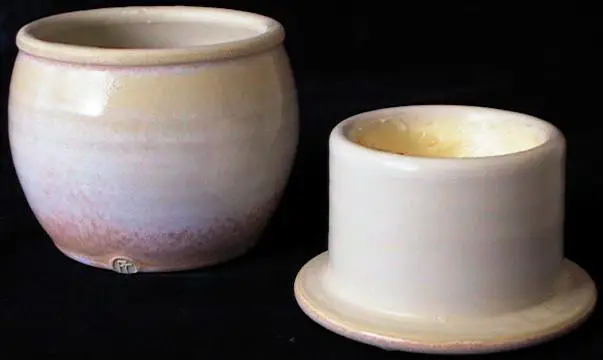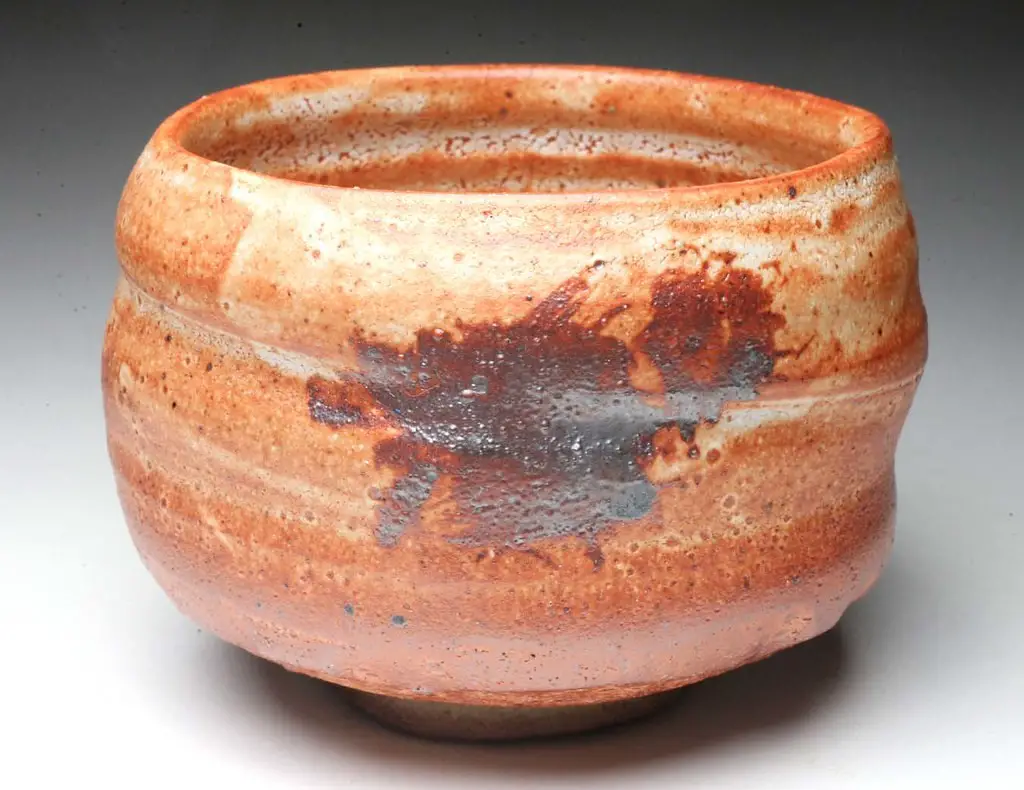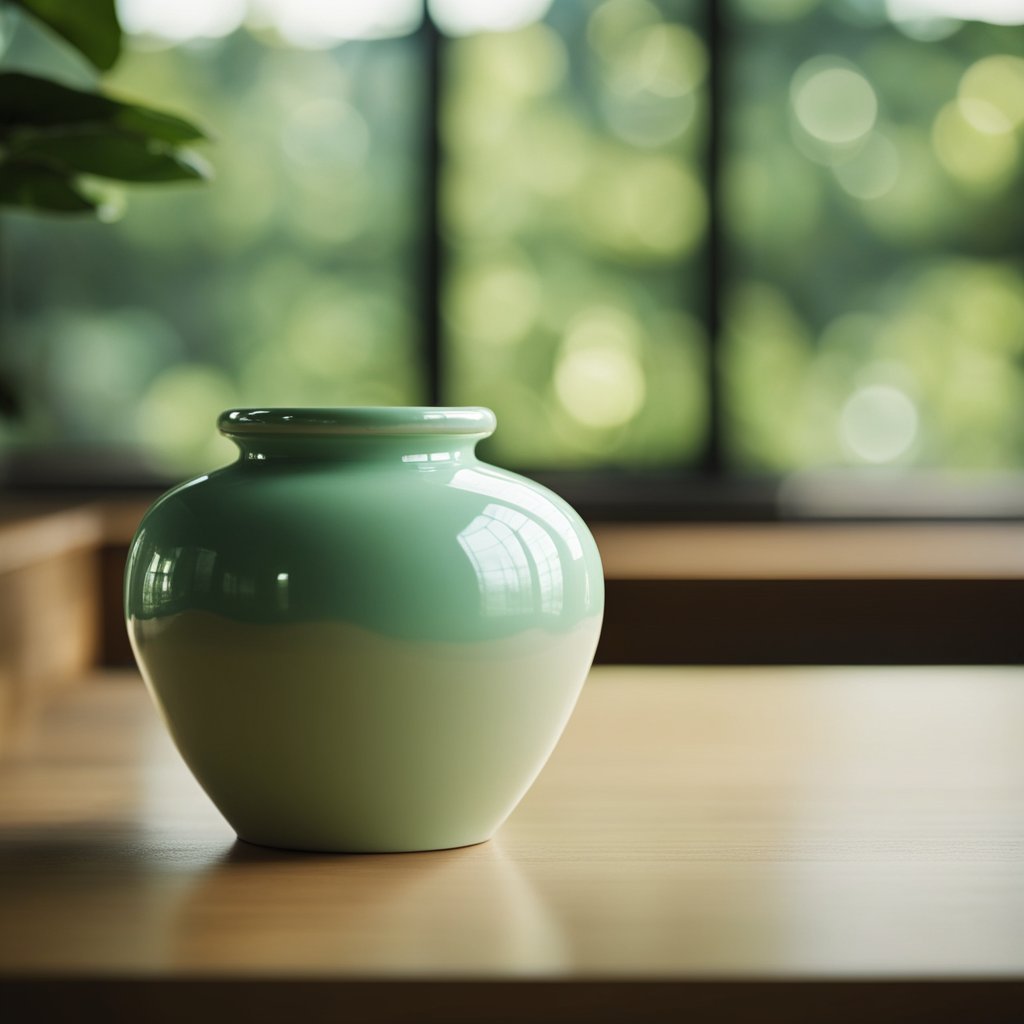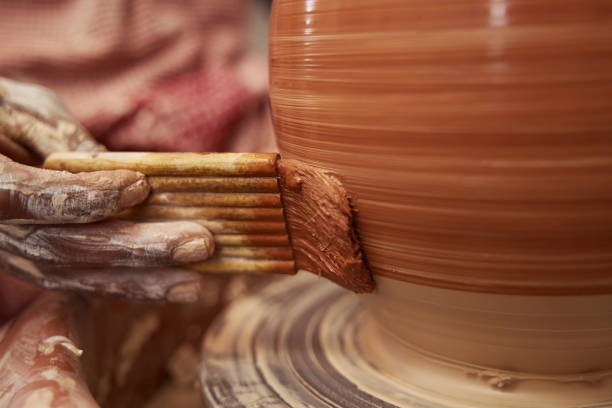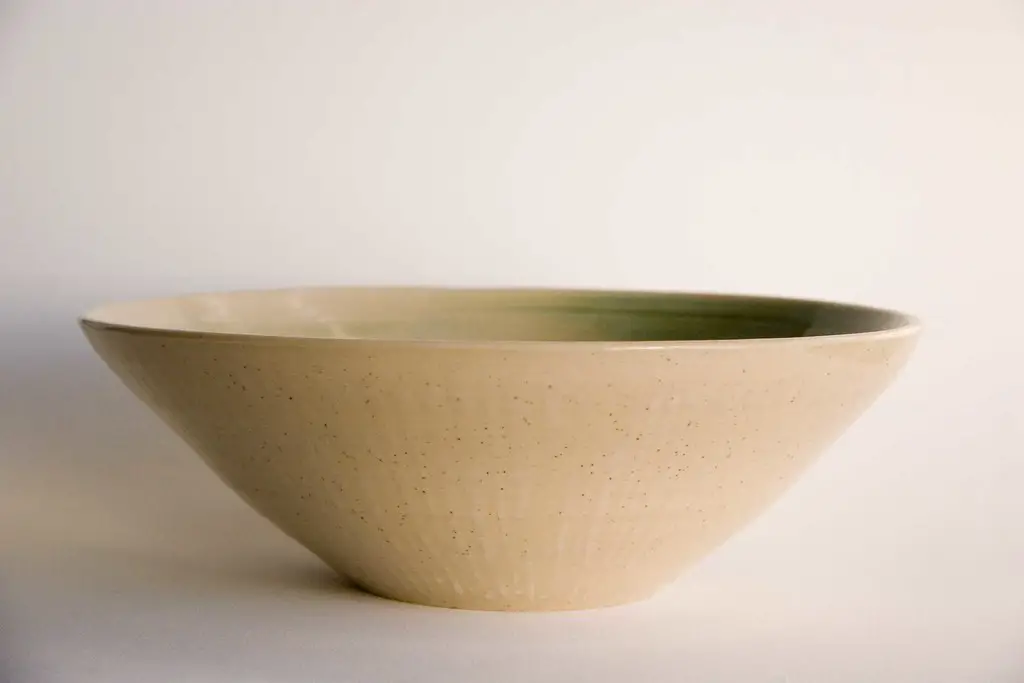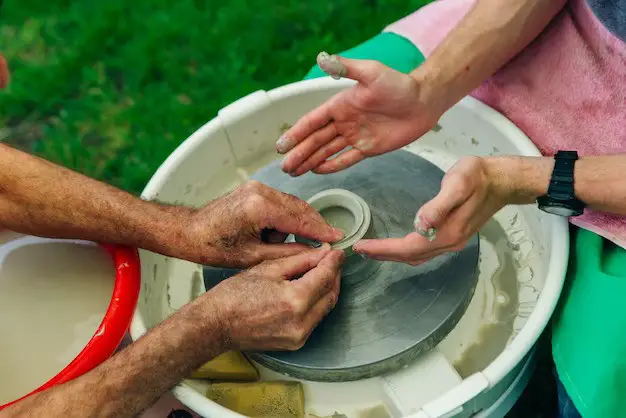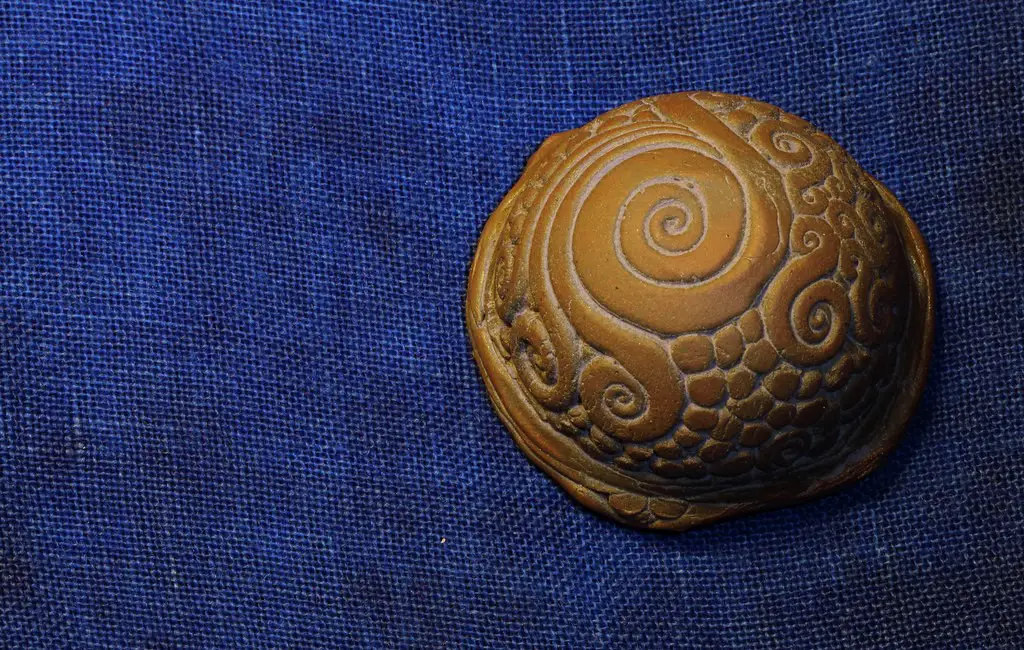Potters who have recently achieved success in the throwing process would want to move on to the next step, which is glazing and firing. You would be very enthusiastic and excited to get the job done with perfection. However, the excitement might make you miss out on a precautionary step or two. You might have heard in your pottery community that glazes tend to melt during the firing process. If you don’t fire carefully, the glaze might weld the pottery piece to the firing kiln. So, now you might wonder whether the underglaze sticks to your kiln’s shelf.
Here we will decode the answer to this question.
Underglaze Properties: Does it melt or stick during firing?
Generally, underglaze doesn’t stick to your kiln’s shelf during the firing process. However, the fact can also vary depending on the underglaze variant used and the application process. A lot of modern-day underglazes are comprised of silica which starts melting once the firing process is initiated. This might make your underglaze a bit sticky.
Underglaze Stickiness: Factors Involved
Most potters use underglaze only for decorative needs. Therefore, this glaze is generally applied to bisqueware or greenware. Often this underglaze is fired just once & then is topped with another clear glaze to finish the product. However, if your piece is a bisqueware, the glaze is painted above the underglaze without firing.
Difference between Glaze and Underglaze
To understand whether underglaze sticks to your kiln, you must understand how it differs from the glaze. When the glaze coating melts within the kiln, you will see the formation of a non-porous coating on top of the ceramic. However, some modern-day underglaze does contain certain ingredients that tend to melt in a way similar to the glaze.
However, a standard underglaze might not have a good amount of these ingredients to help create a helpful non-porous layer. Also, given that the underglaze doesn’t melt in the same way as the glaze, the underglaze decoration will stay in place once it has been fired.
On the contrary, the patterns and colors in the glaze tend to change or move during the firing process. So, the final result you get might vary with the pieces. It might also be hard to predict the look post-firing a glazed pottery piece. If you are looking for some high-quality underglazes, you can try out the Speedball Underglaze with 12 bright colors. The colors are opaque and do not bleed. Moreover, the underglaze is lead-free, making it safe for dinnerware.

| Underglaze | Glaze |
| Applied underneath the glaze | Applied above the underglaze |
| It can bleed, drip, or creates fuzzy edges | Only applied on bisqueware |
| A predictable color output that can be detected with pre-mix | Unpredictable output post-firing |
| It doesn’t bleed, fuse, or create sharp edges | It can bleed, drip, or creates fuzzy edges |
| Isn’t waterproof or dustproof | Is dustproof and waterproof |
Does Poorly Applied Underglaze Stick?
There are several ways to paint underglaze on your pottery pieces. This medium is a versatile one and brings in a lot of scope and possibilities in terms of creativity. Regardless of the versatility of the underglaze techniques, there is something common with glazing. It is important to go thinner than glaze when applying underglaze on your pottery piece.
When applying underglaze to the pottery piece, it tends to evaporate & dry out fairly quickly. This is especially true when underglaze is applied to a bisqueware or bone-dry clay. Therefore, if you wish the colors to look bright and pop up, you would need to apply a minimum of 3 layers. However, even with 3 layers, the underglaze would still be thinner than the glaze.
A big reason for underglaze to stick onto your kiln is its thicker application. If you tend to apply a particularly thick layer of underglaze, it might start running down the sides during the firing process. The good thing is that it is difficult to apply a very thick layer of underglaze as it tends to be runny as compared to glaze.
You can apply it thickly, and it might drip. However, this isn’t the standard with popular underglaze techniques. Post-firing, you would see the build-up in thinner layers. Keep in mind that although it is a bit runny, underglaze tends to melt less as compared to glaze. So your underglaze might have some silica, but it is comparatively less as compared to glaze. So, there isn’t a big chance that your ceramic would stick to the kiln post-firing.
So, to answer this question, no, underglaze doesn’t generally stick to your kiln. However, when using an underglaze that doesn’t fall under your familiar territory, it is advised that you practice caution. The key is to use test pieces and check whether they stick to your kiln or not.
Tips to Avoid Underglaze Sticking Issues
Certain things about underglaze firing are very predictable. When handled well, underglazes don’t bleed during the firing process. The color post-firing is similar to the color they started with. However, it does vary depending on the firing temperature. However, you can easily predict the way your piece would turn out.
So, here are some tips to help you prevent the sticking issue:
- You can use wax resist and apply it to the pottery’s base. This product is used by most potters to prevent the glaze from making it to the base section.
- Position the pottery pieces so that there is a proper gap between them. This ensures that the underglaze doesn’t melt onto another item, and the pieces are separate even post-firing.
- Another technique is to use a kiln wash. This liquid mixture can be applied to the shelves on the kiln, and it serves as a barrier between the shelf and the glaze.
- You can also make use of kiln stilts which are high-temperature wire pieces that are set within the ceramic piece. They serve as a small ledge to help support the pottery and keep it on a higher ground from the shelf within the kiln. However, they are only ideal for use in kiln firing up to 2000oF (Low-Temperature).
Conclusion
Remember, certain underglaze formulas might stick a bit, but the damage won’t be substantial to ruin your pottery piece. Make sure you read the instructions for the application carefully and opt for a test run to see how it works for you. If it does stick to the bottom, make sure you clean it immediately to avoid it from hampering your kiln’s efficiency.

